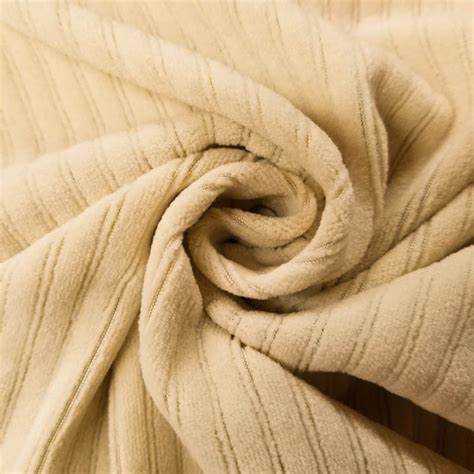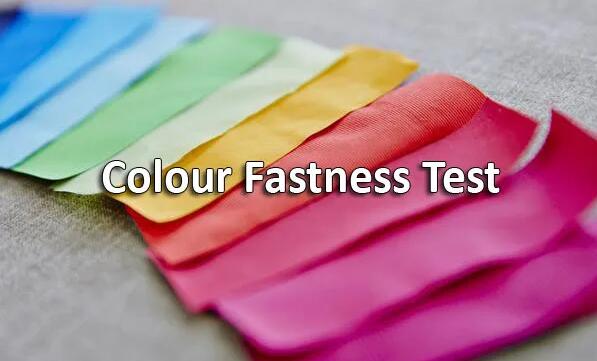
NewsInformation Center
What are some common conditions that may affect fabric pilling testing results?
2023/07/11
Fabric pilling refers to the aggregation of small balls of fibers on the surface of fabrics during use or washing. The degree of pilling can affect the appearance, feel and durability of the fabric. When performing a fabric pilling test, the following are some common situations that can affect test results:


1. Fabric fiber type and structure:
Different types of fibers and fabric constructions can have an effect on pilling. Some fibers such as polyester, polypropylene, etc. are more prone to pilling, while others such as cotton, wool, etc. are relatively less. The structure of the fabric can also affect pilling, for example a loose fabric structure may be more prone to pilling.

2. Fiber length and strength:
Fiber length and strength also have an effect on pilling. Shorter or weaker fibers are more likely to shed from the surface of the fabric forming globular agglomerates. Long, strong fibers are relatively less prone to pilling.
3. Fabric surface treatment and coating:
The degree of pilling may be affected by the surface treatment or coating of the fabric. Certain coatings or treatments can reduce fiber clumping and shedding, thereby reducing the occurrence of pilling.
4. Friction and wear:
Friction and wear of fabrics during use or washing is one of the main causes of pilling. Frequent rubbing can cause fibers to shed and agglomerate, which can lead to pilling. Therefore, when fabric pilling is tested, it is necessary to simulate the friction and wear under actual use conditions.
5. Washing and drying conditions:
The washing and drying conditions of the fabric may also have an effect on pilling. For example, the use of strong detergents, high-temperature washing or vigorous agitation may accelerate the agglomeration and shedding of fibers and increase the degree of pilling.

6. Fabric quality and service life:
The quality and lifespan of the fabric can also have an impact on pilling. Low-quality fabrics or fabrics that have been used for a long time may be more prone to pilling because the fibers have experienced more friction and wear.
In order to obtain accurate fabric pilling test results, the actual use conditions should be simulated as much as possible, and the influence of the above factors should be considered. At the same time, standardized methods and equipment should be used to ensure the comparability and repeatability of test results.
Previous: Can you provide more information on the ASTM D3512 standard?
N e x t : What kind of experiment is Textile Pilling Tester mainly used for?



